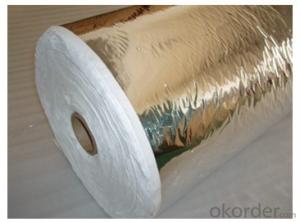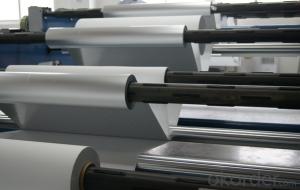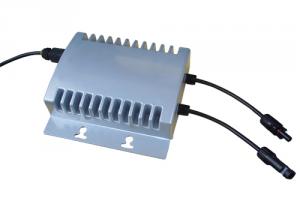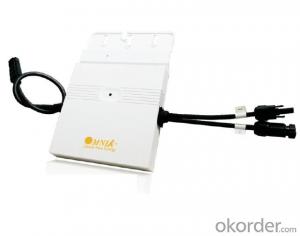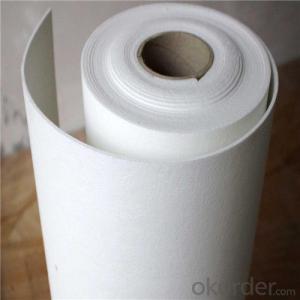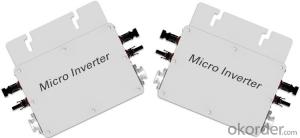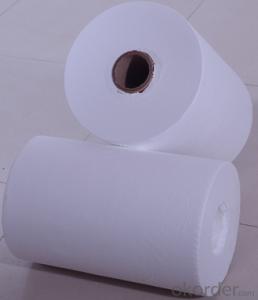Solar Micro Inverter Schematic
Solar Micro Inverter Schematic Related Searches
Cryogenic Pipe Insulation Fiberglass Wall Insulation 2 Inch Styrofoam Insulation Sheets R49 Fiberglass Insulation Home Insulation Contractors 4 Inch Styrofoam Insulation Indoor Window Insulation Melamine Coated Paper Fiberglass Roof Shingles Pe InsulationHot Searches
Type Of Inverter For Solar Types Of Inverter For Solar Used Solar Inverter For Sale Inverter Size For Solar System Solar Edge Inverter For Sale 5kw Solar Inverter For Sale Solar Inverter For Sale Solar Inverter For Battery Solar Inverter For Split Ac Solar Inverter For Laptop Solar Inverter For Fridge Solar With Inverter Price Solar Inverter With 2 Battery Solar Inverter Price In China Best Solar Inverter In China Solar Inverter Price In Dubai Solar Inverter Price In Uae Solar Inverter Price In Kenya Solar Inverter Price In Kerala Solar Hot Water Collectors For SaleSolar Micro Inverter Schematic Supplier & Manufacturer from China
Okorder.com is a professional Solar Micro Inverter Schematic supplier & manufacturer, offers integrated one-stop services including real-time quoting and online cargo tracking. We are funded by CNBM Group, a Fortune 500 enterprise and the largest Solar Micro Inverter Schematic firm in China.Hot Products
FAQ
- A microinverter differs from a string inverter in that it is a small, individual inverter attached to each solar panel, converting the DC power generated by the panel into AC power. On the other hand, a string inverter is a larger central inverter that is connected to multiple solar panels in a string, converting the combined DC power into AC power. The main advantage of a microinverter is that it allows for maximum power point tracking and independent operation of each panel, increasing the overall efficiency and output of the solar system. Additionally, microinverters provide monitoring capabilities at the panel level, making it easier to identify and address any issues or malfunctions.
- Yes, a solar inverter can be used with different types of backup power sources such as batteries, generators, or the utility grid. The inverter's role is to convert the DC power generated by solar panels into AC power that can be used by household appliances or fed back into the grid. It can seamlessly switch between different power sources, ensuring uninterrupted power supply and maximizing the utilization of renewable energy.
- The role of a solar inverter in anti-islanding protection is to detect and prevent the occurrence of islanding, which is when a solar PV system continues to generate electricity and supply power to the grid during a grid outage. The inverter monitors the grid's voltage and frequency, and if it detects a disruption or deviation from the normal range, it quickly disconnects from the grid to ensure the safety of utility workers and prevent damage to equipment. This anti-islanding protection feature helps maintain the stability and reliability of the electrical grid.
- The different power output modes of a solar inverter typically include grid-tie mode, off-grid mode, and hybrid mode. In grid-tie mode, the solar inverter synchronizes with the utility grid, allowing excess solar energy to be fed back into the grid. Off-grid mode, on the other hand, enables the solar inverter to operate independently, providing power to appliances and devices without the need for a utility grid connection. Hybrid mode combines the features of both grid-tie and off-grid modes, allowing the solar inverter to function with or without the grid, depending on the availability of solar energy and the user's preferences.
- A solar inverter handles voltage sag and swell by continuously monitoring the input voltage from the solar panels and adjusting its output voltage accordingly. In the case of voltage sag, when the input voltage drops below a certain threshold, the inverter boosts the voltage to maintain a stable output. Similarly, in the case of voltage swell, when the input voltage exceeds a certain limit, the inverter reduces the voltage to prevent any damage to the connected devices. This process ensures that the solar inverter consistently provides a steady and safe electrical supply.
- The maximum power output of a residential solar inverter can vary depending on the specific model and capacity. However, on average, residential solar inverters typically have a maximum power output ranging from 3 kilowatts (kW) to 10 kW.
- Yes, a solar inverter can be used with a solar-powered pool heating system. The solar inverter is responsible for converting the direct current (DC) generated by the solar panels into alternating current (AC) that can be used to power various devices, including pool heating systems.
- Overcharging a battery connected to a solar inverter can lead to several potential risks. Firstly, it can cause excessive heat buildup in the battery, which can lead to reduced battery life and even damage the internal components. Secondly, overcharging can cause electrolyte leakage or gas buildup within the battery, increasing the risk of explosion or fire hazard. Additionally, overcharging can result in the release of toxic gases, such as hydrogen, which can be harmful if not properly ventilated. Finally, overcharging can also have an adverse effect on the overall efficiency of the solar system, as excess energy is wasted during the charging process.


